You might think it would not be possible to spend a whole week in the deserts of Arizona and New Mexico without seeing a Roadrunner, but we have and we did not. Until today. We were way out in the back of beyond nowhere when one of the little buggers appeared just at the side of the road where we were. NOW it's a real trip! We saw one later in flight for just a couple of seconds--very ungainly. He was coming in for a landing. No photos of either one; I was driving 60 miles an hour down a deserted highway. Had they been parked in one place, I would have backed up, but they were both moving fast.
I did back up when we saw a hawk we weren't sure about, and it turned out to be two: Ferruginous Hawks, male and female. Beautiful birds. The female did sit still long enough for pictures. The male took off when we drove back, but I got a not-too-terrible picture of him in flight. (The male is a lot smaller than the female, which is how you can tell them apart.)
I also backed up for a tarantula. We had never seen one in the wild before, and today we saw three.
All three (at different times in the day) were out in the road trucking along as if they had somewhere definite to go. For the third one, I ended up pulling over and getting out of the car. You should be VERY impressed: I walked back and got to within a couple of feet of the little bugger. I would NOT be willing to pick one up--not even one in captivity, even though I am fully aware that they are not at all aggressive and their bite is like a wasp sting, not some drastic poisonous and highly painful chomp. They also cannot jump at you across long distances. (The one we saw up close and personal showed no inclination to jump even small distances [I don't know if they can]; he was definitely on a mission and paid no attention at all to us.
Turns out that mating season for tarantulas is August through October, and during that period the males come out and wander hither and yon, following the pheremones of the females, who remain snugly in their dens. This is the time of year you can see tarantulas, which is why we haven't seen any before this.
The one we saw is one of the most common type: the Texas Brown Tarantula.
Now you know more about tarantulas than you ever wanted to--and much more than the makes of the 1977 horror flick Kingdom of the Spiders, starring none other than William Shatner. (He must have needed money really badly.) In that movie, killer tarantulas (appearing in the thousands) take over a town killing livestock and attacking everyone and everything. Eventually, Shatner et al prevail, and they get control over the town back; however, big spoiler surprise, as the camera pans back at the end of the film, we see that the entire town is encased in a giant web. Trapped, and they don't even know it yet.
Tarantulas don't bite, they don't kill cows, and they don't, absolutely DO NOT, spin webs. (They do have spinarets and can spin silk, but they uses it for defensive purposes and to make doors over their burrows to hide them from predators.) I knew that much when I saw the movie way back when. WHY I saw the movie I cannot begin to tell you, and even less can I explain why I watched it all the way to the end.
It's a terrible movie.
(This can stand in for a movie review for those of you who find my snarking about movies entertaining; there are no drive-in visits on this trip!)
The destination for the day was Salinas Pueblo Missions National Monument. This is up near-ish to Albuquerque, and required 328 miles of driving (roughly 6.5 hours). It was a reach for this trip, but had we not gone there, this would have been the one NPS site left in New Mexico after this trip still unvisited by us. So of course we went!
There are three sites--one for each of three different pueblos: Abo (pronounced "uh-BOW), Quarai, and Gran Quivira. The first was the smallest of the original pueblos and the last was the largest--with up to 2000 people inhabiting the site before the Catholic church arrived on the scene. All three are in ruins now, though Abo was briefly inhabited again in the early 19th century. The best preserved church is at Quarai, which we were unable to see up close, as they are doing an environmental study there this week and the trail is closed, but Gran Quivira is the most impressive with a huge number of remains.
We visited all three sites and the main visitor's center in town. Comments on the photos.
This is another mission site along the lines of Tumacácori in Arizona (see the post from the 11th). The big difference as portrayed in Salinas Pueblo is that there was no effort to incorporate the Indian traditions and spiritual practices as part of the effort to make them part of the New Spanish culture; instead, the Indians were treated as we are more accustomed to hearing: as indentured servants or flat out slaves. In fact, in this part of the world, there was a major conflict between the church and the New Spanish government: the government used the Indians as slaves by insisting that they had to pay tribute to the government and that they could do that in labor, while the church wanted to require the Indians to labor as a supposed part of their spiritual transformation. None of it went well. By the late 1660s, a long period of drought hit, followed by famine and disease, and many hundreds of Indians died. All three sites were abandoned by 1672.
Here endeth our quest to visit a whole series of remote, hard-to-reach National Park Sites in Arizona and (especially) New Mexico.
Tomorrow we head down to White Sands National Park in Alamorgodo.

 Mountainair, New Mexico, United States
Mountainair, New Mexico, United States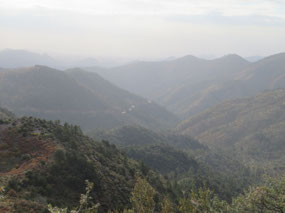
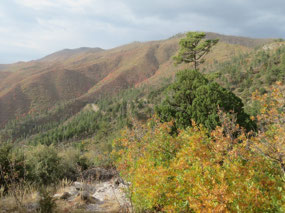
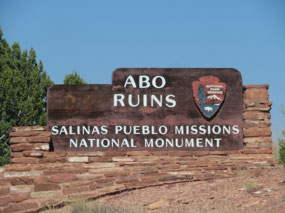
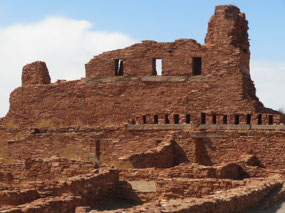
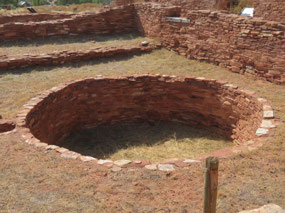

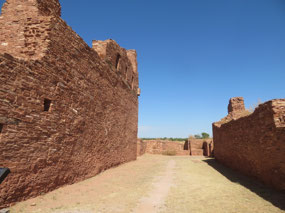
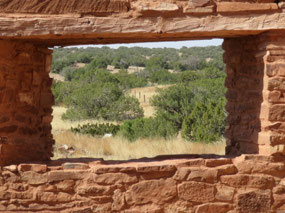
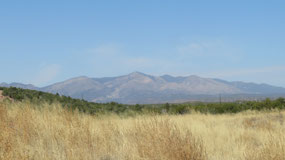
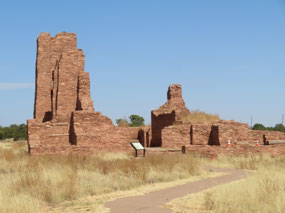
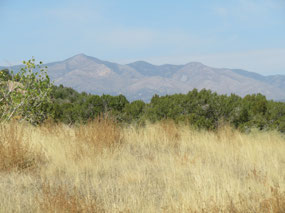
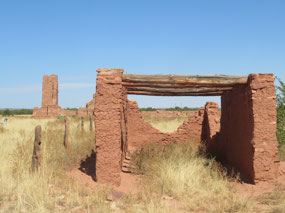
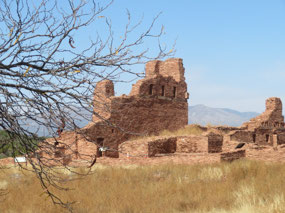
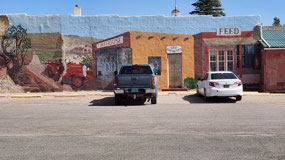
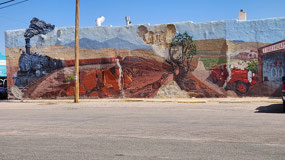
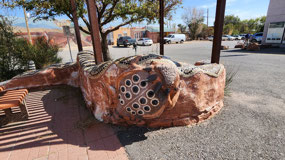
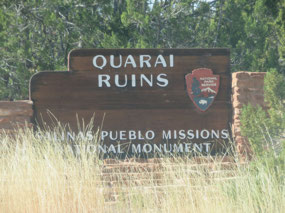
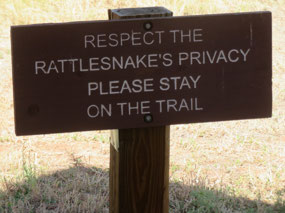
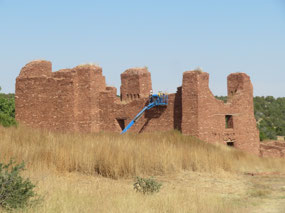
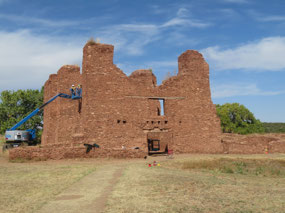
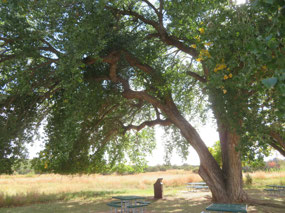
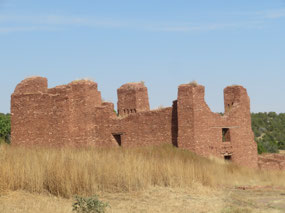
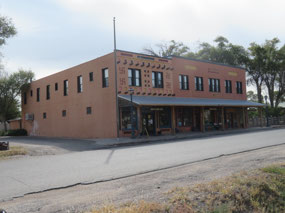
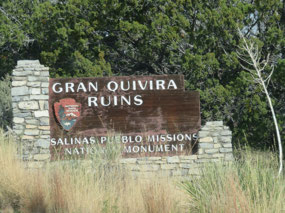
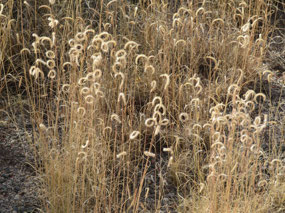
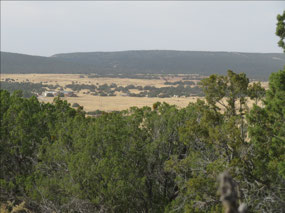
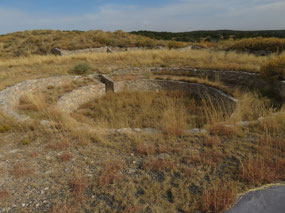
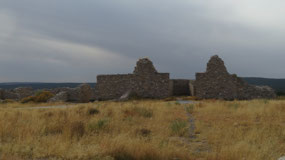
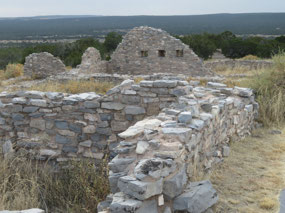
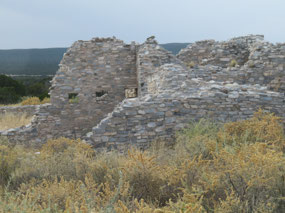
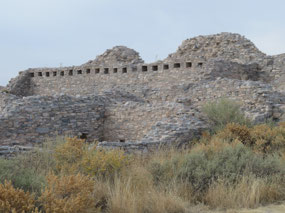
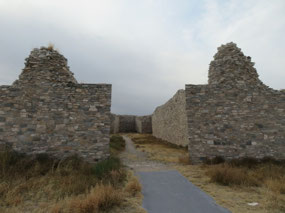
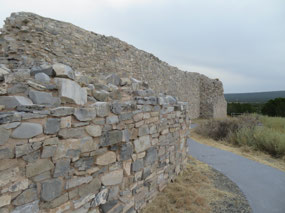
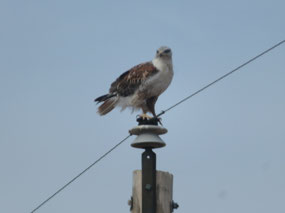
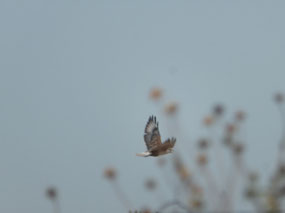
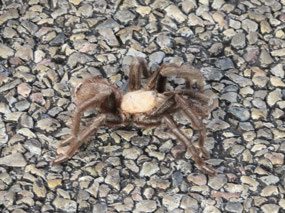
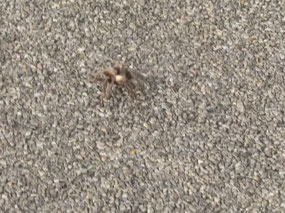
2025-05-22